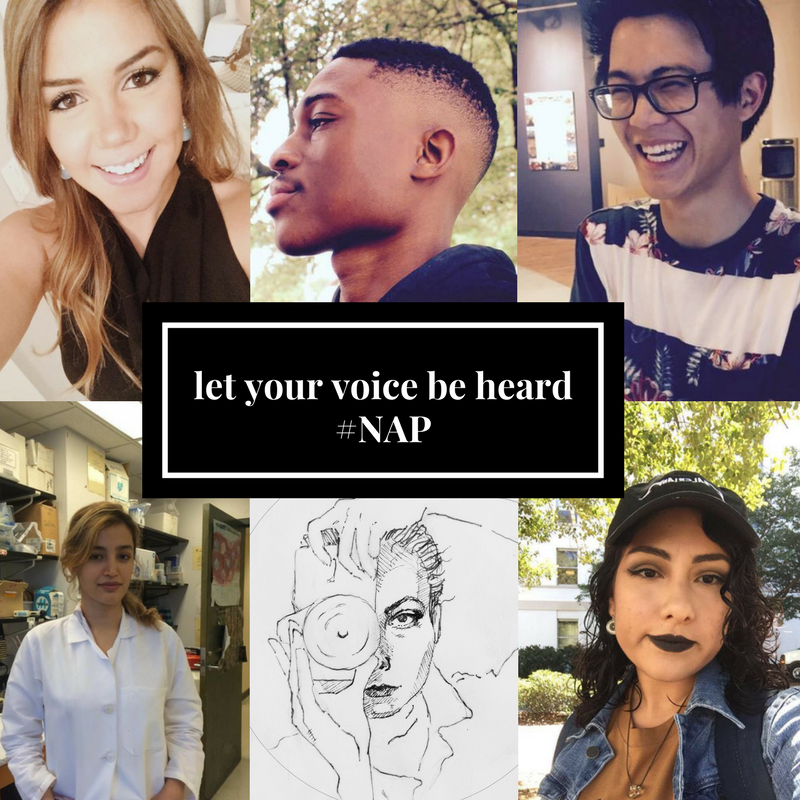A group of particularly unwavering students at Emory University in Atlanta, Georgia, started a blog in 2015 aiming to shift the national conversation around immigration and refugees to a positive note. First, they spoke with the folks in their own backyard: fellow students.
The project is called ‘The New Americans Project’ (NAP) and each day – through Facebook and Instagram – they feature a portrait of a student, along with a short blurb about where they are from and what being American means to them.
Everyone has a story and you won’t know what it is until you stop to listen.
Many students share stories about growing up with immigrant parents that expected them to become wildly successful. Others talk about the complexities of navigating several identities at once – say, being a Black Somali Muslim woman. A few even invited NAP folks to join in their cultural celebration festivities.
The project also creates space for students to voice their opinions on current political happenings, like the #MeToo movement.
“I was born in South India and lived there for about 7 years before moving to the States. While a significant part of my childhood took place in India, I spent most of my life in America,” says Raghav Pingali, a junior at Emory who identifies as Indian-American.
“This shaped my interests and personality to be a hybrid between Indian and Western culture. Being American now means you are a part of a melting pot that not only condenses traditional aspects of foreign cultures but also creates a fluid mosaic with parts of many cultures.”

The project is spearheaded by documentary filmmaker and assistant professor Isabella Alexander, whose most recent work – The Burning – follows three migrants who’ve fled war-torn parts of Africa and are stuck in Morocco, waiting for their chance to cross the divide into Europe.
“What’s unique about NAP is that it targets youth audiences to become active in the global issues of our time, showing us that these issues are a lot closer to home than we might first imagine,” Alexander told New Sincerity.
“You don’t have to travel halfway around the world to meet someone whose life has been impacted by migration – we can start by asking our neighbors if they have a story to tell.”
The NAP student team includes Trishanne Gillings, Afua Yamoah, Lilla Sai-Halasz, Pallavi Agarwal, Mialovena Exume, Kavelle Gosine, and Sarah Elmongy. Head to their About Me to see how they, too, are examples of our diverse American experience. The team itself is has origins in Haiti, Ghana, India, Hungary, Trinidad Jamaica, and Egypt, and they believe that diversity helps make their community stronger.
NAP’s Chief of Instagram, Sai-Halasz, encourages folks to follow NAP because “(You) will realize that you have endless similarities with the people all around you that you would’ve never guessed otherwise.”




